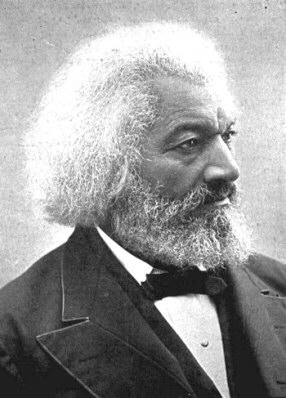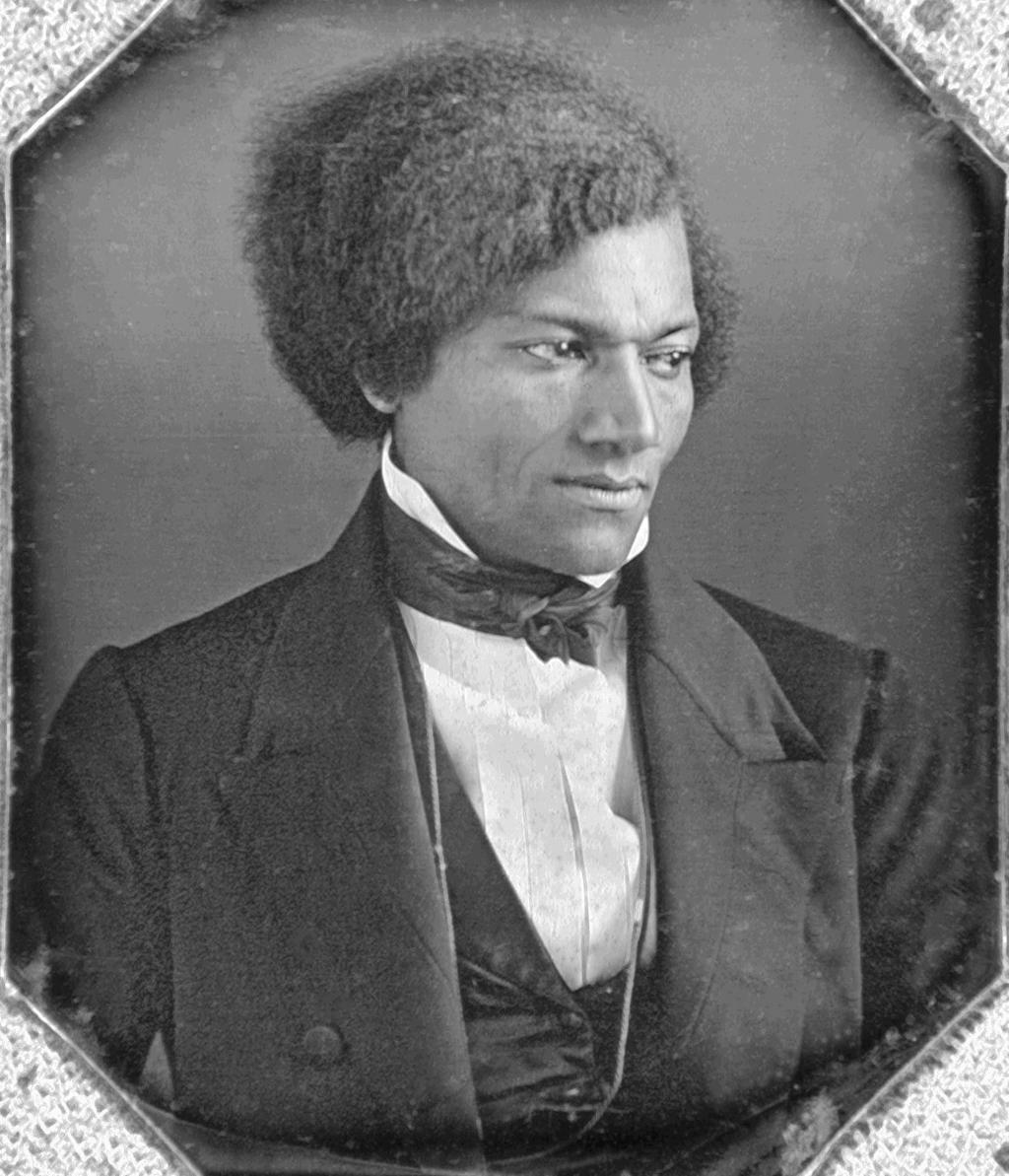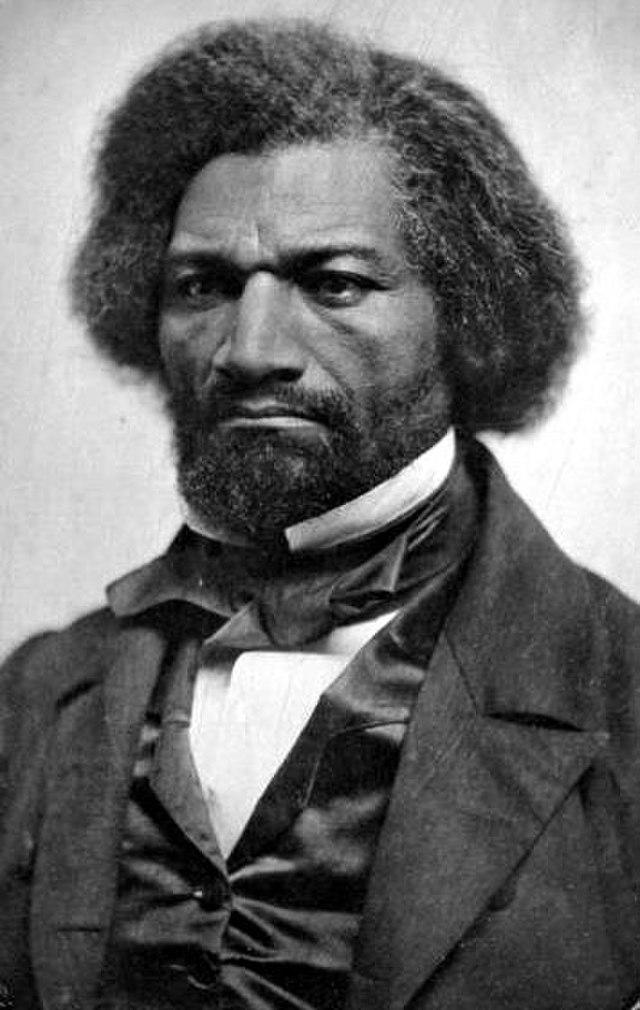Tasks: What to the Slave Is the Fourth of July? by Fredrick Douglass

Study the speech carefully to make sure you understand it fully.
Work in a group. Divide the speech between you. Paraphrase each section in modern English. Make sure to look up words you don't understand.
Then go through the speech together and share your work. Make sure everyone in the group understands the content of the speech.What are the main arguments that Douglass presents in the speech? Sum up.
Make a list of words and sentences that express his anger and frustration particularly well.
Write a rhetorical analysis of the speech.
Ask yourself: What rhetorical strategies did Frederick Douglass use to persuade a Northern, white audience to oppose slavery and favour abolition?
Douglass claims that "There is not a nation on the earth guilty of practices, more shocking and bloody, than are the people of these United States." Objectively speaking, do you think he was right? Could you find examples of other nations that at the time could compare with the inhumane practices of the United States?
The speech refers to The Fugitive Slave Law. Why was this law introduced and why was it so controversial? What did this law do to the relationship between the North and the South?
On 17 June, 2021, Juneteenth became the 11th holiday recognised by the US federal government. What is celebrated on this day? How did people react to it becoming a federal holiday?
Frederick Douglass is known as the most photographed person of his time. This was a deliberate strategy on his part.
Find out more by working on the two tasks below. Share your findings with the class.
Use the internet and find out more about how Douglass used photography in the interest of his cause.
Below, you will find two photographs of Frederick Douglass. What do you think Douglass wanted to express in these pictures? Do the pictures have a message? How do you think the photos were interpreted by contemporary white viewers? Would the reaction have been different in the Southern states of the United States than in the Northern states?
Related content
Learn more about Frederick Douglass and his famous speech 'What to the Slave is the Fourth of July?'

